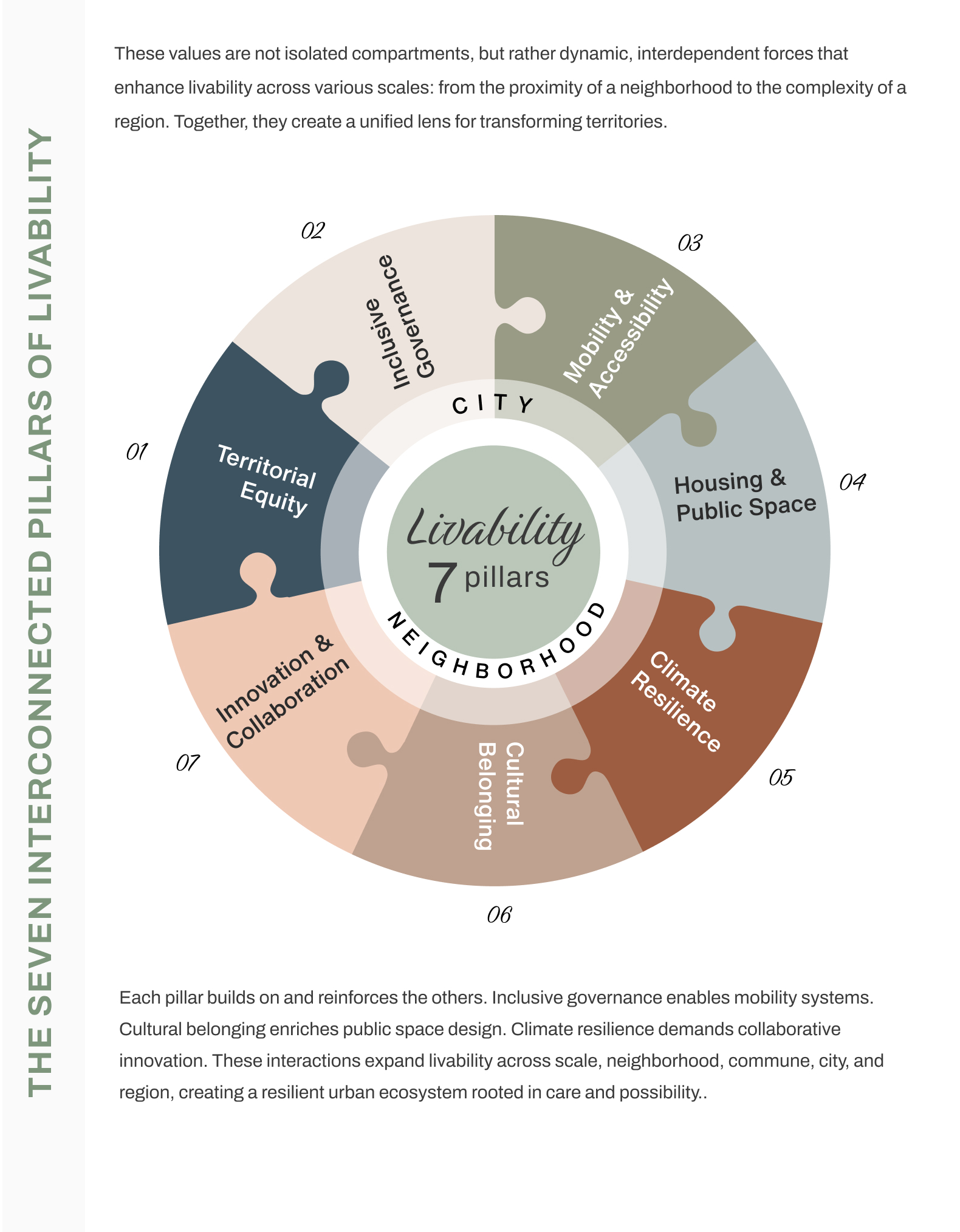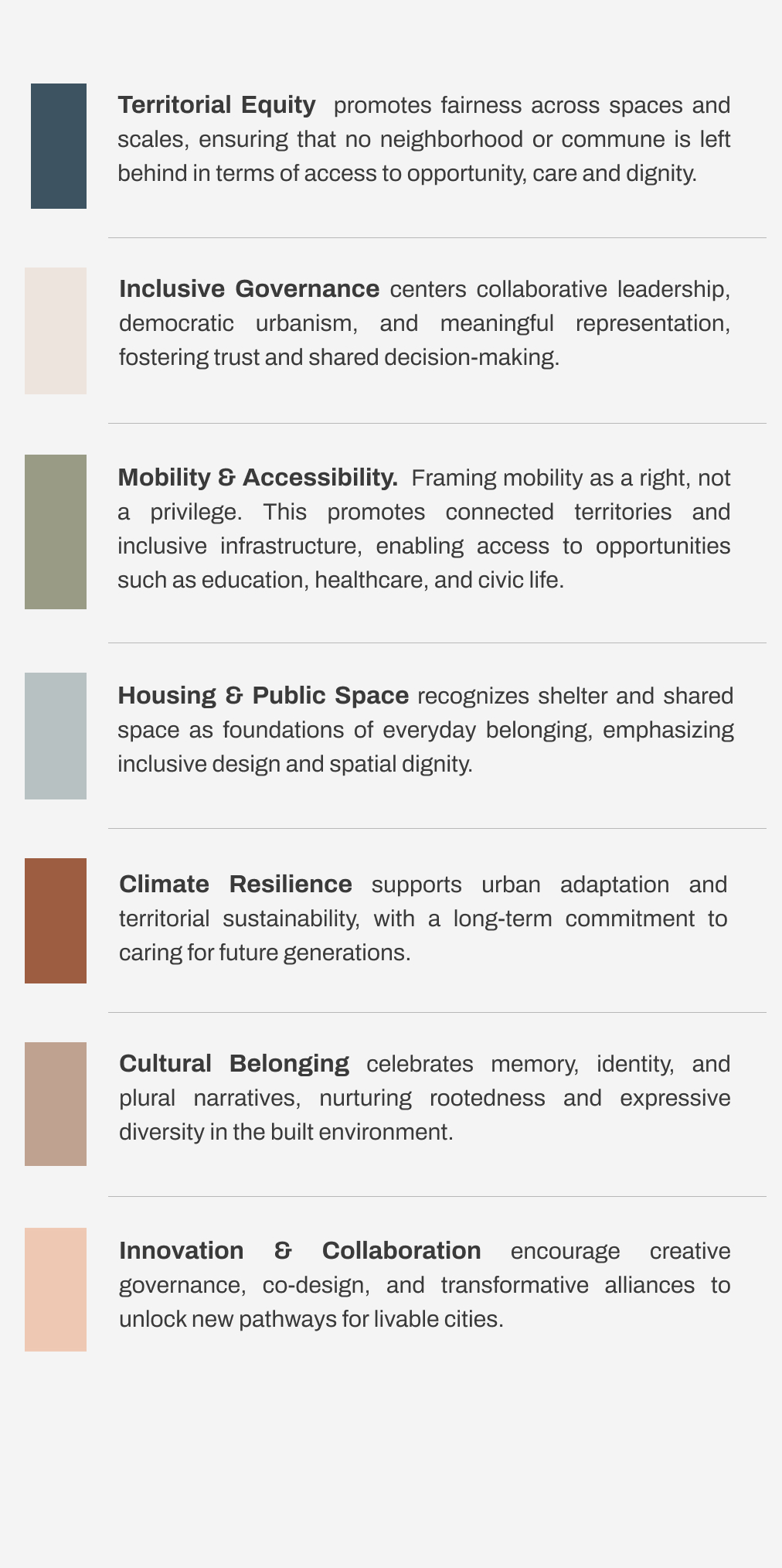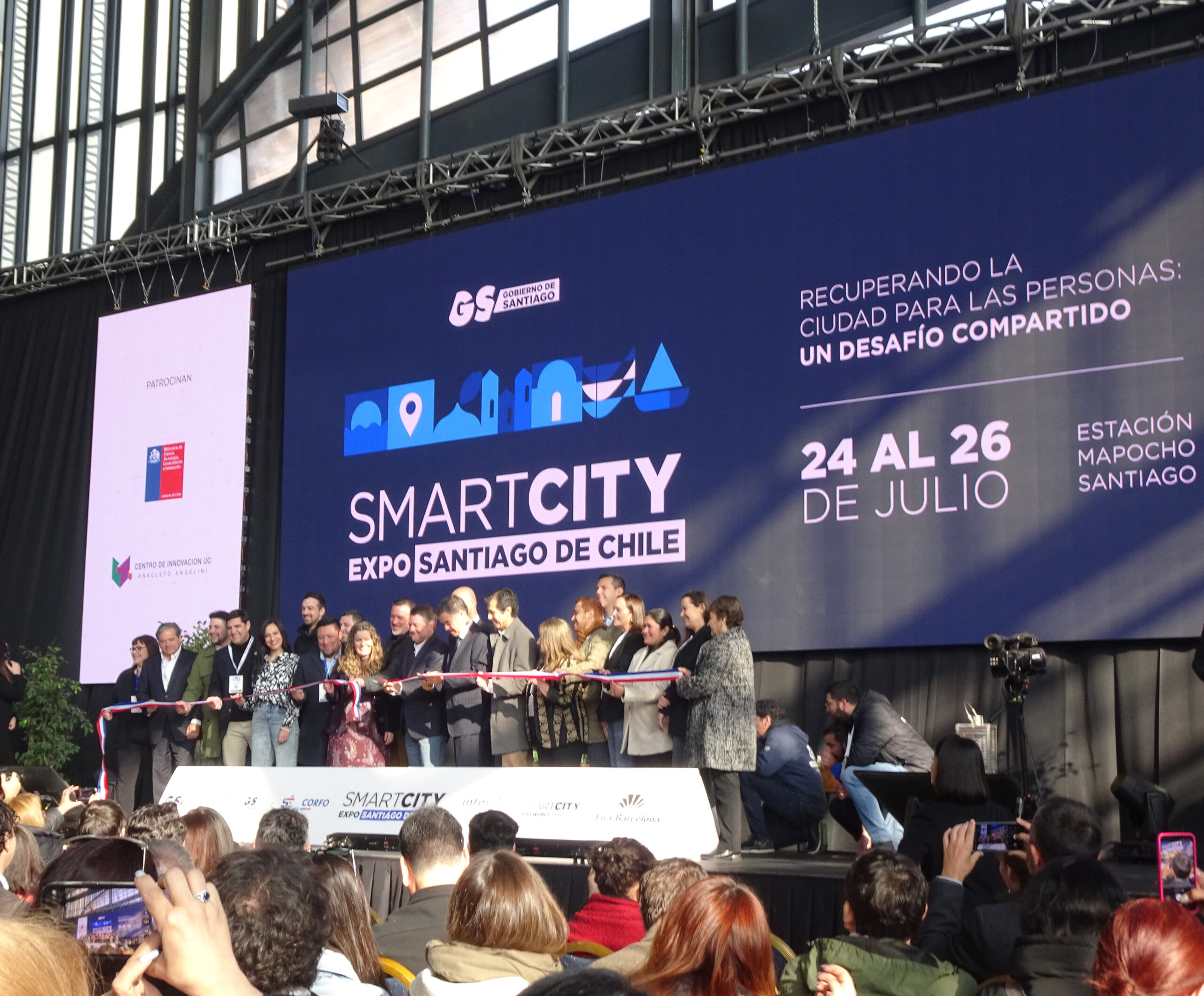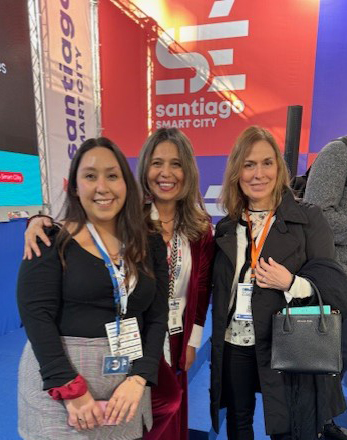LivableUrbs’ Strategic Map of Territorial Equity offers a visual synthesis of the values that shape equitable and resilient cities in Latin America. Centered on livability, the map radiates seven interconnected pillars, from inclusive governance to cultural belonging, that reflect LivableUrbs’ commitment to equity, collaboration, and transformation.
The map serves as a conceptual anchor and an invitation to dialogue, helping institutions, practitioners, and communities navigate urban futures with care, clarity and shared purpose.
What’s at Stake?
Beyond infrastructure and policy frameworks, cities are living tapestries of neighborhoods, each with its own rhythm, character, and challenges. To uncover and empower these urban stories, we must develop thoughtful, place-based strategies that honor local identity and complexity.
The 15-minute city concept has gained prominence as the pandemic underscored the importance of proximity. This vision prioritizes livability by ensuring residents can access essential services – work, education, healthcare, and leisure – within a short walk or bike ride. Neighborhoods, distinct yet interconnected, shape the energy and resilience of cities. Each one reflects its people, culture, and history, forming a unique urban identity.
By focusing on neighborhoods, cities can preserve diversity while implementing cohesive, effective urban planning. Localized strategies foster walkability, social connection, and economic vitality, laying the foundation for thriving, inclusive urban ecosystems.
By comparing two contrasting communes, the study outlines a strategic approach to addressing urban challenges and unlocking economic potential.
How do we respond?
By identifying local needs and addressing the distinct characteristics of each commune and neighborhood, the map’s pillars guide place-based action across dimensions such as accessibility, equity, and resilience.
This holistic approach fosters a deeper understanding of the urban fabric, empowering residents to co-create inclusive, sustainable, and identity-rich environments. It invites collaboration across sectors, bridging lived experience with strategic planning.


Strategic use
Whether through participatory planning, wellbeing-centered design, or context-sensitive innovation, the Strategic Map helps communities prioritize and address areas requiring improvement with clarity and purpose. It is both a diagnosis tool and a compass for transformation.
What’s next?
This map offers a clear, value-driven lens for navigating urban complexity. Rooted in livability and designed for dialogue, it empowers communities and institutions to co-create equitable, resilient cities, where care, collaboration, and belonging shape everyday life.
Interested in collaborating?
Let’s build livable futures together.
info@livableurbs.com

The Smart City Expo Santiago 2025 took place from July 24 to 26 at the Centro Cultural Estación Mapocho in Santiago, Chile, convening urban planners, policymakers, community leaders, and technology innovators from across Latin America and beyond.
The opening session set a powerful tone, reaffirming Santiago’s commitment to inclusive development, urban resilience, and the transformative power of public policy in shaping livable futures. This year’s central theme, “Taking back the city for people: a shared challenge” called for a renewed focus on reclaiming urban spaces to advance equity,
well-being, and sustainability.
In addition to the main event, four specialized forums delved into the interconnected aspects of livable urbanism, including Mobility and City Planning, Safe and Resilient Cities, Restoring Nature to the City and Living better.
The International Congress, organized by Fira Barcelona, featured keynote sessions, case studies, and collaborative labs, guaranteeing a dynamic platform for dialogue and knowledge exchange.
